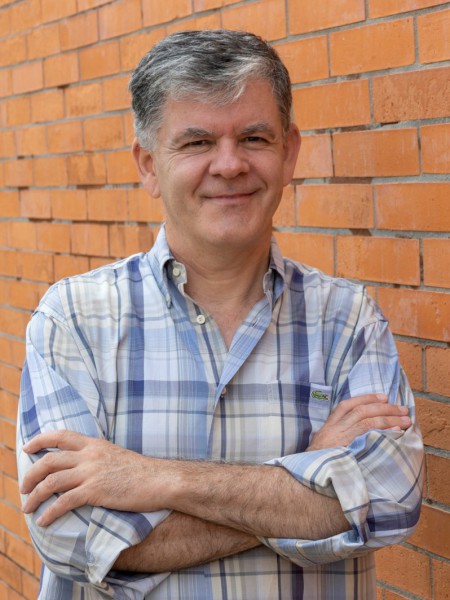resumo
Transport properties of deep eutectic solvent (DES), such as viscosity, are essential for selecting and designing processes based on these green solvents for CO2 capture and separation. Although experimental values for the viscosity of DES are available for a large number of systems, the number of potential hydrogen bond acceptors and hydrogen bond donors to form eutectic mixtures make the experimental characterization and screening of these systems impractical. A computational method able to predict the viscosity of DES would be highly valuable. The present study is aimed to develop a method to predict the viscosity of DESs using interaction energy descriptors derived from Conductor like Screening Model for Real Solvent (COSMO-RS). The stepwise multiple linear regression was implemented to select the optimal number of molecular descriptors and temperature based on an extensive database covering 947 viscosity data points for a wide range of DESs. The new model showed a good correlation between experimental and predicted values, with R-squared (R-2) and average absolute relative deviation (AARD) of 0.9734 and 15.22%, respectively, for the overall dataset. In addition, the model showed that the viscosity of DES was significantly influenced by the hydrogen bonding between the anion of the hydrogen bond acceptor and the hydrogen bond donor molecules. The electrostatic-misfit and van der Waals forces were shown to have a marginal impact on the viscosities. In conclusion, the developed model provides an effective tool to predict the viscosity of DES and allows a fundamental understanding of the molecular level interactions on this property. (C) 2021 Elsevier B.V. All rights reserved.
palavras-chave
CHOLINE CHLORIDE; THERMOPHYSICAL PROPERTIES; PHYSICAL-PROPERTIES; PHYSICOCHEMICAL PROPERTIES; BINARY-MIXTURES; IONIC LIQUIDS; L-ARGININE; DESS; EFFICIENT; DENSITY
categoria
Chemistry; Physics
autores
Kurnia, KA; Zunita, M; Coutinho, JAP; Wenten, IG; Santoso, D
nossos autores
Grupos
G4 - Materiais Renováveis e Economia Circular
G6 - Materiais Virtuais e Inteligência Artificial
agradecimentos
This work was funded through a research grant from Institut Teknologi Bandung for the contract number 0676/IT1.B05/KP/2021. This work was also developed within the scope of the project CICECO-Aveiro Institute of Materials, Nos. UIDB/50011/2020 and UIDP/50011/2020, financed by national funds through the Portuguese Foundation for Science and Technol-ogy/MCTES



